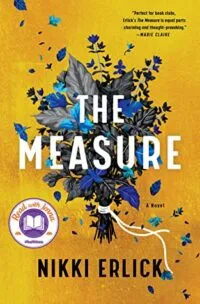
What If?: 8 Thought-Provoking Books that Explore the Possibilities
One could argue that every story is a “what if” story. Isn’t that the thought experiment that authors embark on with each book, short story, or poem? Honestly, it can be applied to any medium of storytelling: What if there was a galaxy far, far away? And what if there was such a thing as a hobbit? What if…?
The most potent “what if” stories, however, really take this experiment to the next level by intricately crafting the story in a way that closely orbits the question. Think of The Measure by Nikki Erlick, a tale that follows eight characters in a world where people can know the measure of their life: the exact number of years they’ll live. In a way, such tales fall under the speculative fiction umbrella, in which we envision a world other than our own, with possibilities or abilities that would not otherwise exist.
I’ve compiled a list of eight books — ranging from novellas to collections to novels — that hone in on “what if” and tell a story in a way that hovers closely to a particular thought experiment. Now, my expertise is in genre fiction, so many of these books will fall under science fiction, fantasy, horror, or all of the above. In some cases, the question of “what if” is not necessarily the main conflict, but it follows closely behind or parallel and, therefore, informs and complements it.
Indeed, some of these “what if” stories hit a bit close to home in a world where fascism is on the rise, where genocide is streamed on social media, and where our right to bodily autonomy is destroyed before our very eyes. These books measure the effects of what might happen and what might have been. Fiction they may be, but they contain warnings. Keep your eyes wide open, dear reader.
8 “What If” Books That Explore Possibilities
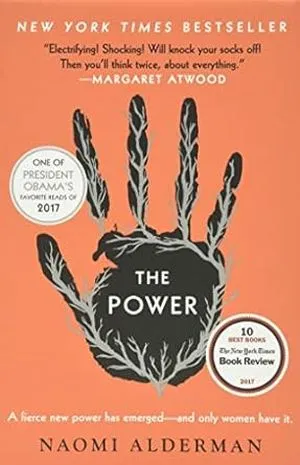
The Power by Naomi Alderman
Like The Measure, The Power takes on a “what if” question and follows multiple characters in the world. In The Power, teenage girls suddenly come into a mysterious physical power: they can cause immense pain and even death. This book considers the ramifications and oppression that follow this discovery.
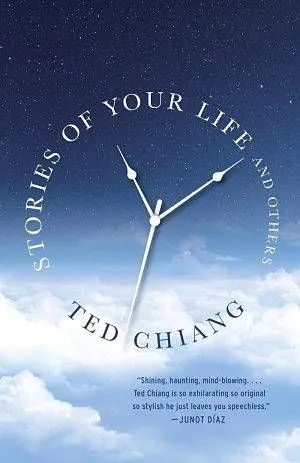
Stories of Your Life And Others by Ted Chiang
If you’ve read any of my past posts, you know I like to spotlight short fiction just as much as novels. And I believe short fiction is often the epitome of “what if”: “what if” in its most potent form.
Ted Chiang’s collection, which includes “Story of Your Life” — the short story that inspired by the movie Arrival — is truly the perfect exploration of what’s at the core of “what if” stories. With “Story of Your Life,” Chiang explores first contact and how we might live if we could look forward and back in time. Would we change anything? Would we change the lives of those we love? What could be, what might have been — all of this is artfully and painstakingly orchestrated in Chiang’s writing.
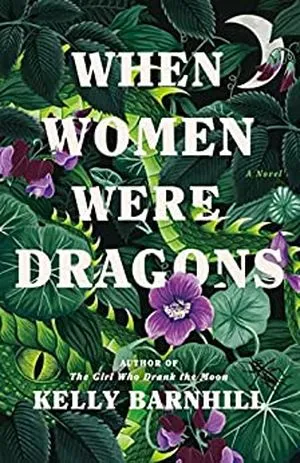
When Women Were Dragons by Kelly Barnhill
This is one of my favorite “what if” books, which takes on a question of what might have been: What if thousands of housewives in the 1950s suddenly became dragons, leaving destruction in their wake? How would the world handle a Mass Dragoning? What would that change about a woman’s place in the world, and how would the world speak of such an event, if at all? What a glorious book about rage and limitations.
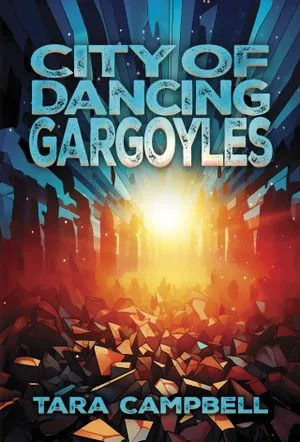
City of Dancing Gargoyles by Tara Campbell (September 2024)
When you’re looking for books that really use “what if” as an integral part of the story’s DNA, City of Dancing Gargoyles is a perfect example. Not only does it explore what humans would do in a post-apocalyptic, alchemically-altered United States, but also nonhumans and inanimate objects. Then, Campbell takes it one step further and explores how all this might coexist and coalesce. This tale follows two sentient stone gargoyles, known only as “E” and “M,” as they flee their Southwestern church in search of water in a heavily climate-changed world. Don’t miss this when it releases this Fall.
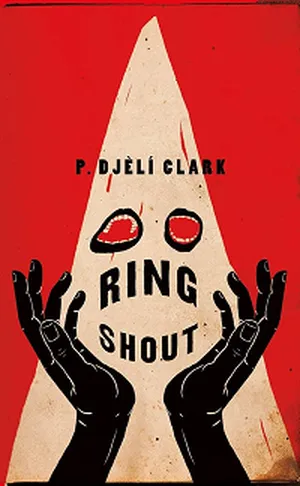
Ring Shout by P. Djèlí Clark
This was one of the best horror books of 2020, and for good reason. Horror revels in questions of “what if,” and Ring Shout takes “what if” to a whole new level of what might have been.
Set more than 100 years ago in this world, The Birth of a Nation cast a spell across America, and the Ku Klux Klan plans to bring Hell on Earth. Demons may wear hoods, but they can also be killed. This is where Maryse Boudreaux and her fellow resistance fighters come into play. They must send the Klan’s demons back to Hell before they can take over the country and the world.
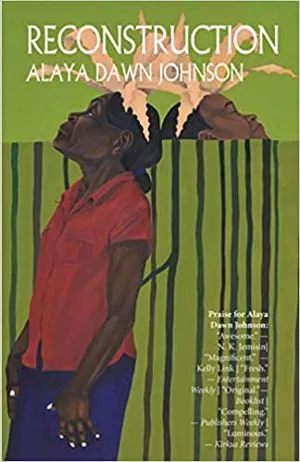
Reconstruction by Alaya Dawn Johnson
Like Chiang’s collection, Alaya Dawn Johnson hones in on the emotional ramifications of “what if.” This collection is deeply affecting and brilliant. I’ve written about her award-winning novelette, “A Guide to the Fruits of Hawai’i,” before, and I’m doing it again. It’s such a poignant “what if” story about what we might allow our oppressors to do to us in exchange for safety and survival. What is safety and survival in a world where we have become a source of food?
If you haven’t read Alaya Dawn Johnson before, you really should. Her book, The Library of Broken Worlds, is a finalist for The 2024 Ursula K. Le Guin Prize for Fiction.
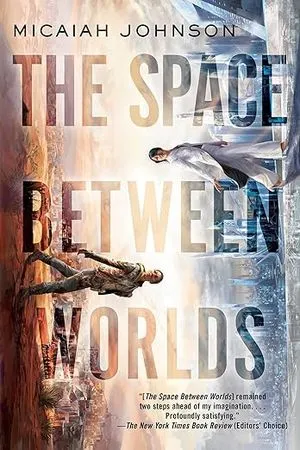
The Space Between Worlds by Micaiah Johnson
We’ve covered a few examples of “what if” in regard to time — past and present and future — including post-apocalyptic futures. Now, let’s bend time and space: what if a multiverse existed, and you could travel through it, but only to universes where your counterpart died?
This story follows Cara, who is alive on Earth but is dead in most other multiverses and is therefore selected for multiverse travel. This sci-fi mystery adventure really explores what we’ll do for safety in an expansive universe where our doppelgängers might not survive.
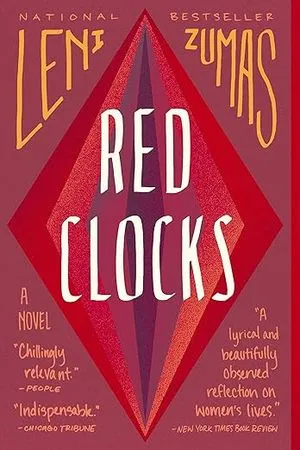
Red Clocks by Leni Zumas
Like The Measure and The Power, Red Clocks follows numerous characters in a near future where abortion is illegal across the United States, in vitro is also banned, and a Personhood Amendment grants rights of life, liberty, and property to every embryo.
Zumas crafts a story that follows five women during this time where bodily autonomy is nonexistent. It is frighteningly close to where we’re at now, and were we might be, if our right to choose is taken from us.
Continue the Thought Experiment
While “what if” can cause oppressive mental spirals, I think it’s important to always consider “what if” in terms of the storytelling. It’s a powerful question that informs the reader as much as the writer and encourages us to expand our minds. Should you seek to expand your mind further, check out these other Book Riot posts:


